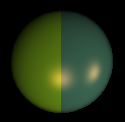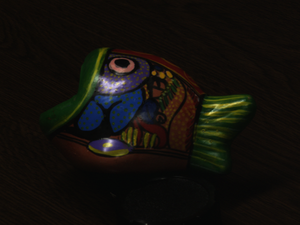Diferencia entre revisiones de «KES2009 Reflectance Analysis»
| Línea 85: | Línea 85: | ||
;Gus Wiseman | ;Gus Wiseman | ||
;Jun’ichiro Seyama | ;Jun’ichiro Seyama | ||
;J. Lellmann | ;J. Lellmann | ||
;J. Balzer | ;J. Balzer | ||
| Línea 145: | Línea 144: | ||
:Department of Mathematics, University of California | :Department of Mathematics, University of California | ||
:Department of Psychology, Tokyo, Japan | :Department of Psychology, Tokyo, Japan | ||
:Informatik (ITEC), Department of Computer Science, University of Karlsruhe, Germany | |||
:Informatik (ITEC), Department of Computer Science, University of Karlsruhe, Germany | |||
:Informatik (ITEC), Department of Computer Science, University of Karlsruhe, Germany | |||
:Department of Mathematics, University of Karlsruhe, Karlsruhe, Germany | |||
: | : | ||
</td><td valign=top> | </td><td valign=top> | ||
Revisión del 18:32 15 oct 2008
- Special Session on Reflectance Analysis
Chairs
- Ramón Moreno
- Manuel Graña
Computational Intelligence Group, UPV/EHU
Contact email
Description
El anlálisis de Reflectancia es un proceso fundamental en todos sistema de visión por computador. El conocimineto de las propiedades ópticas de los materiales y el comportamiento de la luz sobre estos, es lo que nos permite asociar la información contenida en la imagen con la realidad observada. Varios modelos de reflectancia han sido propuestos ( Dichromatic reflection model, BRDF y sus derivados) su aplicación es fundamental tanto para visión como para visualización. Son muchos los paradigmas concernientes; Color constancy, espacios de color, estudio de la luz, propiedades de los materiales, optics, photometry, radiometry,...
- El gran objetivo de esta Special Session es tener un punto de encuentro para investigadores en este area, algo inusual en otros congresos.
Reflectance Analysis is a key process for computer vision systems. The knowledge of optical and phisycs properties of materials under light efects, let us to find the relacionship between image information and observed reality. Some models had been proposed for reflectance (Dichromatic Reflection Model, BRDF and their derivatives) their application is key for vision process and for visualization process too. A lot of paradigms are related to reflectance analysis; color constancy, color spaces, light research, phisycs properties of materials, optics, photometry, radiometry, ...
- The goal of this Special Session is to serve a meeting point for researches in this area.
Important dates
Topics of interest
- Shape from shading
- Shape from Reflection Analysis
- Sepaparating Specular Component
- Reflectance Maps
- Reflectance Models
- Specular and Lambertian Surfaces
- Geometrics and Photometrics Invariants
- Methods for Chromatic Illummination Estimation
- Color Spaces for Reflectance Analysis
- Mathematical Morphology of Color Spaces and their applicantion in Reflectance Analysis
- Color Constancy
- Shadows
Program committee
|
|
|


